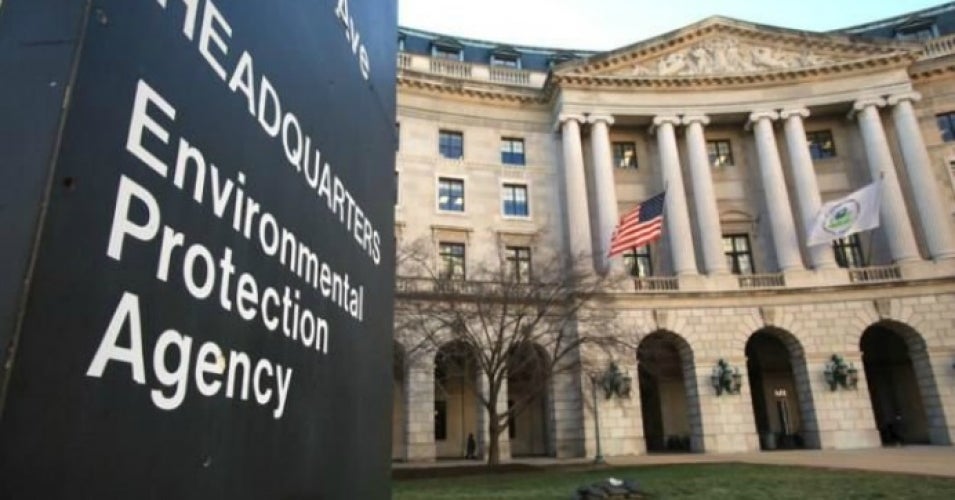
EPA’s draft risk evaluation of carbon tetrachloride is riddled with unsupported exclusions and assumptions
Richard Denison, Ph.D., is a Lead Senior Scientist.
Next week, the Scientific Advisory Committee on Chemicals (SACC), established under the Toxic Substances Control Act (TSCA) to peer-review EPA’s draft chemical risk evaluations, will meet to review the latest of those drafts, for the likely human carcinogen carbon tetrachloride.
As with other recent draft risk evaluations, EPA has been scheduling the SACC meetings in the middle of rather than following the public comment period. This means the public has at best a few weeks to digest these huge documents and draft and submit comments in order to have them be part of the record that the SACC is allowed to take into consideration in its peer review.
However, we have learned that EPA is now further constraining the SACC’s schedule, requesting that the panel members come to the peer review meeting with their comments already drafted, and then delivering their final report within 60 days rather than the 90 days previously provided. These developments further jam both the public and the SACC in their efforts to ensure EPAs work is subject to a robust peer review.
Whatever the reasons for EPA making these changes, EDF decided to expedite our initial comments to seek to ensure they could be considered. We submitted comments last week, a full week before the February 19 deadline, to ensure the SACC received and had sufficient time to review them in advance of the peer review meeting.
We deemed this critical because of the glaring gaps and flaws in EPA’s draft that lead it yet again to drastically understate the risks of this chemical. These include the same problems that have plagued the draft risk evaluations for other chemicals, as well as new ones.
Among the issues we addressed in our comments are the following:
- Ignoring known exposures through statutory exclusions: Once again EPA has excluded all general population exposures arising from releases of carbon tetrachloride to air, water and land, on the basis that they are allegedly adequately managed under other laws. By this one fell swoop, EPA cancels out hundreds of thousands of pounds of this chemical released annually—according to data reported under the Toxics Release Inventory and National Emissions Inventory. These releases occur despite whatever restrictions exist under other laws. The SACC has been highly critical of this exclusionary approach in its peer reviews of earlier TSCA chemical risk evaluations.
- Failure to account for risk from high background exposures: Once released into the air, carbon tetrachloride is highly stable, with an estimated half-life of 30-100 years in the atmosphere. Because of this, under its National Air Toxics Assessment (NATA) EPA has calculated the long-term health risks of carbon tetrachloride by considering background exposures to the chemical. EPA has found that “[m]ost risk from NATA background concentrations is from carbon tetrachloride.” And due in part to these elevated background concentrations, EPA has found that carbon tetrachloride presents the second highest overall cancer risk of all chemicals studied in NATA (exceeded only by formaldehyde). Yet EPA has completely dismissed background exposures to carbon tetrachloride in the draft risk evaluation.
- Disregard of carbon tetrachloride’s ozone-depleting effect: While EPA acknowledges this effect, EPA dismisses further consideration of it because of the chemical’s inclusion under the Montreal Protocol. But recent analyses under the Montreal Protocol have sounded the alarm about the discrepancy between estimated emissions derived through atmospheric observations and those from reported production and consumption, having identified large ongoing emissions of carbon tetrachloride into the atmosphere – in spite of the Montreal Protocol’s controls – that are much larger than those from reported production and usage. EPA’s invoking of the Montreal Protocol in its draft risk evaluation makes no mention of these concerns.
- Dismissal of high cancer risks to workers: As with the other draft risk evaluations, EPA has resorted to unsupported assumptions about the use of personal protective equipment (PPE) as a basis for dismissing high risks to workers it has identified. In this case, the dismissals are particularly sweeping:
- Only through this assumption was EPA able to conclude that no conditions of use of carbon tetrachloride present unreasonable risk to workers.
- Absent that assumption, for every condition of use EPA considered, for both inhalation and dermal exposures, EPA found excess cancer risk to workers – even using its extremely lax cancer risk benchmark of 1 in 10,000. Only by assuming universal use of fully effective PPE, did EPA make these risks “disappear.” But what this means is that any worker not using fully effective PPE – a clearly reasonably foreseen circumstance – will experience unreasonable risk even using EPA’s own highly flawed benchmark.
- In every case where the cancer risk without PPE exceeded EPA’s risk benchmark of 1 in 10,000, even after EPA’s assumed use of PPE those risks still exceeded a risk benchmark of 1 in 100,000.
To top all this off, I blogged earlier about EPA’s unconscionable argument that workers can be “persuaded” to avoid exposure to this toxic chemical through first experiencing the adverse health effects it engenders.
See EDF’s full comments for the details on these and additional flaws in what is but the latest example of EPA severely underestimating the risks of chemicals from which it is supposed to be protecting the public, workers and the environment.












